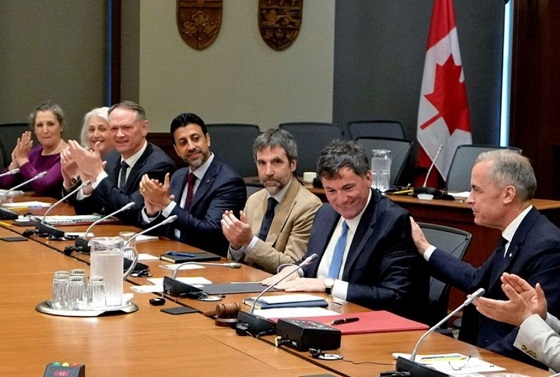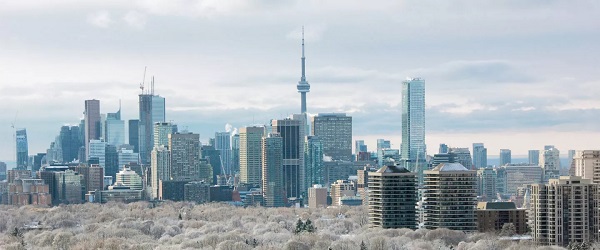Energy
Nova Scotia and Feds kill offshore gas for good
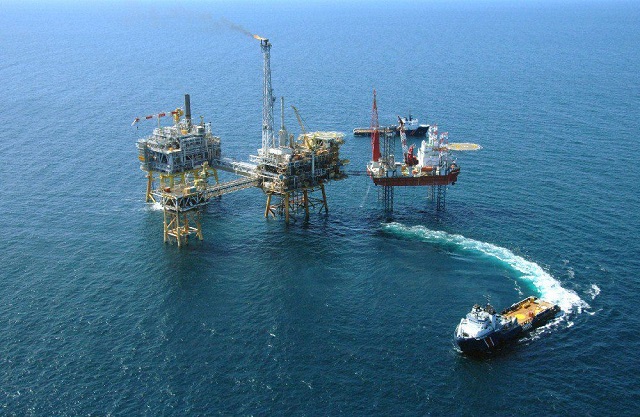
From the Frontier Centre for Public Policy
Nova Scotia and the feds kill an offshore gas project, while their bills are paid by Alberta and Saskatchewan oil and gas
Well, isn’t that just peachy? Nova Scotia’s Progressive Conservative government teamed up with the federal Liberal government to put a bullet in the head of the province’s natural gas industry, whose body was apparently still twitching, despite having been thought dead since 2018.
On December 4, Tory Rushton, Nova Scotia Minister of Natural Resources and Renewables, and Jonathan Wilkinson, federal Minister of Energy and Natural Resources issued a joint statement overruling approval of the offshore regulator, Canada-Nova Scotia Offshore Petroleum Board.
The dollar figure, so far, wasn’t much, just $1.5 million work expenditure bid for the now dead exploration license. But if successful, the company in question, Inceptio Limited, could have maybe, just maybe, revived the offshore gas industry in Nova Scotia.
According to the regulator, there were two bids for eight parcels in the Sable Island area, only one of which was satisfactory. To be clear – the Canada-Nova Scotia Offshore Petroleum Board was apparently seeking bids for development. As in, they actually wanted companies to come and develop these natural gas resources.
But I’ll bet my reporter’s fedora someone realized it didn’t look good for Minister of Environment and Climate Change Steven Guilbeault speaking at COP28 in Dubai about how Canada would be eliminating venting and flaring, while his partner in crime Wilkinson had it in his power to kill off a new methane (natural gas) project in an area that had been purged of the demon gas industry.
No sir. That could not stand. Thus, the announcement killing the Nova Scotia exploration project on the same day as the announcement of the venting and flaring ban. (Saskatchewan calls that a “production cap by default”)
The message is clear to industry – no more new projects if the feds can stop them.
It was very clear in the joint ministerial statement that no more gas projects will be approved, so stop trying.
The ministers overrode the board, saying, “We recognize the expertise of the board and want to reiterate our confidence in the regulatory process that it undertook. However, we both agree that this decision must also account for broader policy considerations, including our shared commitments to advance clean energy and pursue economic opportunities in the clean energy sector, which are beyond the scope of the board’s regulatory purview. This decision will enable us to research and understand the interactions between the two industries as we transition to our clean energy future.
“Leveraging the experience of the Canada-Nova Scotia Offshore Petroleum Board as a world class regulator, Canada and Nova Scotia are actively pursuing the establishment of a joint regulatory regime for offshore renewable energy by amending the Atlantic Accord Acts to expand the board’s mandate so that it can regulate and enable the development of an offshore wind sector in Nova Scotia.
“This will ensure that Nova Scotians can seize the economic benefits associated with the energy transition, including the projected $1-trillion global market opportunity for offshore wind.”
In other words, there’s no future in oil or gas for you, so now you’re going to regulate offshore wind.
Never mind that just a little further down the coast, offshore wind projects are dying off. Never mind that offshore developers are in dire fiscal straits, with billions in losses. Expect the “Offshore Petroleum Board” to get a new name in the coming days.
And shame on the Conservative government of Nova Scotia for going along with this. While the governments of Saskatchewan and Alberta are standing their ground, reasserting control over natural resources, the Nova Scotia Conservatives went along with this travesty.
It’s pretty easy to do, if you don’t have to pay your own bills with your own resources. After all, Nova Scotia gets a huge chunk of its budget from the federal equalization program.
Here’s what Deputy Prime Minister and Minister of Finance Chrystia Freeland wrote to Saskatchewan Deputy Premier and Finance Minister Donna Harpauer in the most recent round of equalization payments:
“In accordance with the legislated formula under the Act and its regulations, your province does not qualify for an Equalization payment for 2023-24.”
Alberta, which has a massive oil and natural gas industry, was similarly stiffed.
And here’s what Freeland wrote to Nova Scotia Minister of Finance Allan MacMaster:
“In accordance with the legislated formula under the Act and its regulations, your province’s Equalization payment for 2023-24 will be $2,802.8 million.”
Alberta and Saskatchewan pay into equalization, largely with money from oil and gas, but Nova Scotia will continue to draw $2.8 billion from it, bit not develop their own natural gas resources.
Nova Scotia’s hospitals are still being paid for by natural gas, except that it’s Alberta and Saskatchewan’s gas, not their own.
Pretty peachy, indeed.
Brian Zinchuk is editor and owner of Pipeline Online, and occasional contributor to the Frontier Centre for Public Policy. He can be reached at [email protected].
Dan McTeague
Will this deal actually build a pipeline in Canada?

By Dan McTeague
Will Carney’s new pipeline deal actually help get a pipeline built in Canada? As we said before, the devil is in the details.
While the establishment and mainstream media cheer on the new pipeline agreement, there are specific details you need to be aware of.
Dan McTeague explains in his latest video.
Alberta
Premier Smith: Canadians support agreement between Alberta and Ottawa and the major economic opportunities it could unlock for the benefit of all
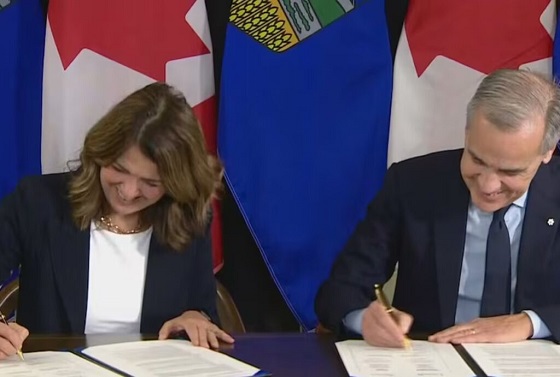
From Energy Now
By Premier Danielle Smith
Get the Latest Canadian Focused Energy News Delivered to You! It’s FREE: Quick Sign-Up Here
If Canada wants to lead global energy security efforts, build out sovereign AI infrastructure, increase funding to social programs and national defence and expand trade to new markets, we must unleash the full potential of our vast natural resources and embrace our role as a global energy superpower.
The Alberta-Ottawa Energy agreement is the first step in accomplishing all of these critical objectives.
Recent polling shows that a majority of Canadians are supportive of this agreement and the major economic opportunities it could unlock for the benefit of all Canadians.
As a nation we must embrace two important realities: First, global demand for oil is increasing and second, Canada needs to generate more revenue to address its fiscal challenges.
Nations around the world — including Korea, Japan, India, Taiwan and China in Asia as well as various European nations — continue to ask for Canadian energy. We are perfectly positioned to meet those needs and lead global energy security efforts.
Our heavy oil is not only abundant, it’s responsibly developed, geopolitically stable and backed by decades of proven supply.
If we want to pay down our debt, increase funding to social programs and meet our NATO defence spending commitments, then we need to generate more revenue. And the best way to do so is to leverage our vast natural resources.
At today’s prices, Alberta’s proven oil and gas reserves represent trillions in value.
It’s not just a number; it’s a generational opportunity for Alberta and Canada to secure prosperity and invest in the future of our communities. But to unlock the full potential of this resource, we need the infrastructure to match our ambition.
There is one nation-building project that stands above all others in its ability to deliver economic benefits to Canada — a new bitumen pipeline to Asian markets.
The energy agreement signed on Nov. 27 includes a clear path to the construction of a one-million-plus barrel-per-day bitumen pipeline, with Indigenous co-ownership, that can ensure our province and country are no longer dependent on just one customer to buy our most valuable resource.
Indigenous co-ownership also provide millions in revenue to communities along the route of the project to the northwest coast, contributing toward long-lasting prosperity for their people.
The agreement also recognizes that we can increase oil and gas production while reducing our emissions.
The removal of the oil and gas emissions cap will allow our energy producers to grow and thrive again and the suspension of the federal net-zero power regulations in Alberta will open to doors to major AI data-centre investment.
It also means that Alberta will be a world leader in the development and implementation of emissions-reduction infrastructure — particularly in carbon capture utilization and storage.
The agreement will see Alberta work together with our federal partners and the Pathways companies to commence and complete the world’s largest carbon capture, utilization and storage infrastructure project.
This would make Alberta heavy oil the lowest intensity barrel on the market and displace millions of barrels of heavier-emitting fuels around the globe.
We’re sending a clear message to investors across the world: Alberta and Canada are leaders, not just in oil and gas, but in the innovation and technologies that are cutting per barrel emissions even as we ramp up production.
Where we are going — and where we intend to go with more frequency — is east, west, north and south, across oceans and around the globe. We have the energy other countries need, and will continue to need, for decades to come.
However, this agreement is just the first step in this journey. There is much hard work ahead of us. Trust must be built and earned in this partnership as we move through the next steps of this process.
But it’s very encouraging that Prime Minister Mark Carney has made it clear he is willing to work with Alberta’s government to accomplish our shared goal of making Canada an energy superpower.
That is something we have not seen from a Canadian prime minister in more than a decade.
Together, in good faith, Alberta and Ottawa have taken the first step towards making Canada a global energy superpower for benefit of all Canadians.
Danielle Smith is the Premier of Alberta
-

 Business2 days ago
Business2 days agoWhy Does Canada “Lead” the World in Funding Racist Indoctrination?
-
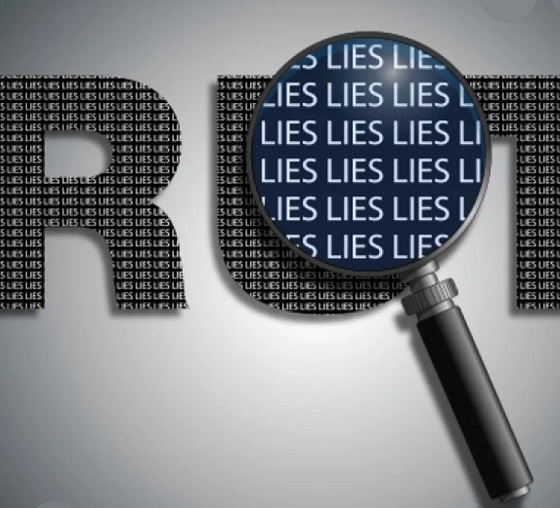
 Media2 days ago
Media2 days agoThey know they are lying, we know they are lying and they know we know but the lies continue
-

 Focal Points2 days ago
Focal Points2 days agoThe West Needs Bogeymen (Especially Russia)
-
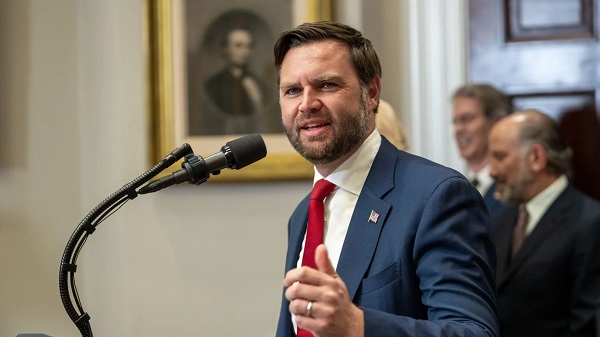
 Censorship Industrial Complex1 day ago
Censorship Industrial Complex1 day agoUS Condemns EU Censorship Pressure, Defends X
-

 Dan McTeague2 days ago
Dan McTeague2 days agoWill this deal actually build a pipeline in Canada?
-

 Banks2 days ago
Banks2 days agoTo increase competition in Canadian banking, mandate and mindset of bank regulators must change
-
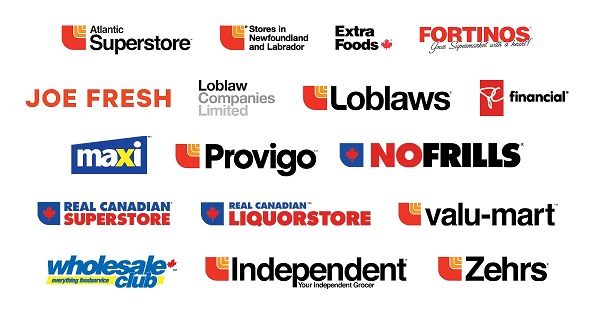
 Business2 days ago
Business2 days agoLoblaws Owes Canadians Up to $500 Million in “Secret” Bread Cash
-

 Opinion1 day ago
Opinion1 day agoThe day the ‘King of rock ‘n’ roll saved the Arizona memorial





